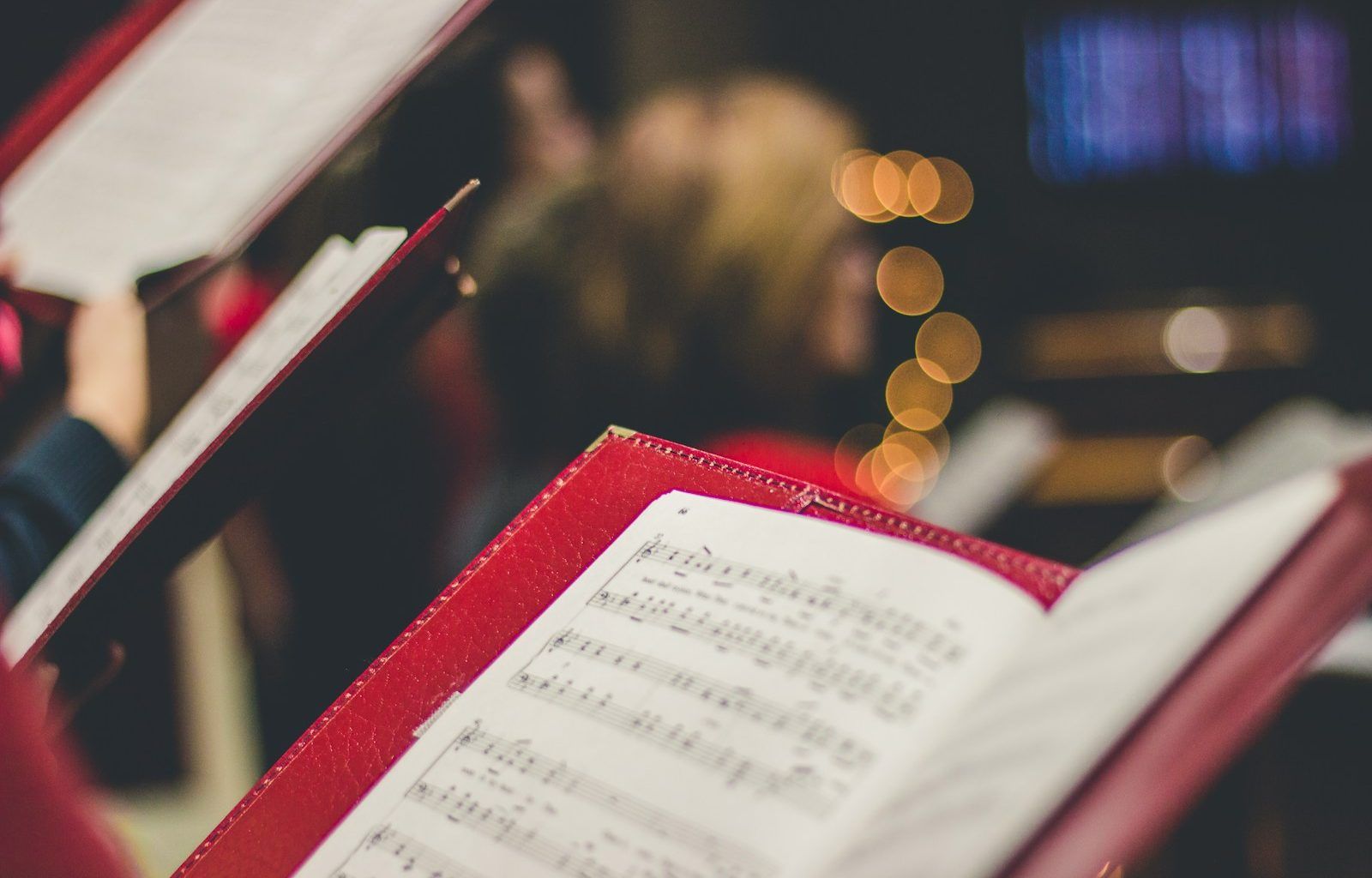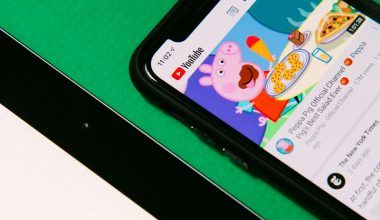Music has an incredible way of bringing people together. Whether you’re humming a tune, tapping your feet, or playing in a band, the concept of Together in Musical Terms is at the heart of every musical creation. It’s what transforms individual notes into melodies, solo acts into symphonies, and strangers into audiences who feel connected through a shared experience.
When we think about music, we often focus on the instruments, the melodies, or the lyrics. But behind every piece of music lies something even more powerful: the way everything works together to create something meaningful. Let’s dive into how Together in Musical Terms plays a role in musical terms, from harmony and rhythm to collaboration and connection.
The Role of Harmony: Voices Coming Together
One of the most obvious examples of Together in Musical Terms in music is harmony. When two or more notes are played or sung at the same time, they create harmony. This layering of sounds adds depth and richness to music. Think about a choir singing in perfect unison or a guitar strumming chords that support a melody. Without harmony, music would feel flat and incomplete.
Harmony shows us the beauty of collaboration. Different notes, each with their own unique identity, come together to create something greater. It’s a reminder that even in our differences, we can create beauty when we work together.
Rhythm: Keeping It All in Sync
Rhythm is another essential element of “together” in music. It’s the beat that keeps everyone on track, from drummers and bass players to dancers in a crowd. Without rhythm, music would lose its structure and flow.
Imagine a band playing a song. The drummer lays down a steady beat, the bassist grooves along, and the guitarist strums in time. Together, they create a rhythm that makes you want to move. If even one person falls out of sync, the whole performance can feel off. Rhythm teaches us the importance of staying connected and working as a team.
Melodies That Dance Together
A melody is like the main character of a song, but even melodies don’t exist in isolation. Often, melodies interact with counter-melodies, harmonies, or instrumental accompaniments. These layers intertwine, creating a sense of movement and dialogue within the music.
Think about a duet between two singers. Each voice carries its own melody, but when they come together, they create a story. Their voices blend and weave, showing us how powerful it is when individuals join forces to create something beautiful.
Instruments in Collaboration
In an orchestra or band, every instrument has a unique role to play. The violins might carry the melody, while the cellos provide a deep, resonant foundation. The flutes add a touch of lightness, and the percussion keeps everything grounded.
These instruments don’t compete for attention—they work together. The conductor ensures that each part fits perfectly into the whole. This collaboration between instruments is a perfect example of how music thrives on unity.
Singing Together: The Magic of Choirs
There’s something magical about a group of people singing together. In a choir, voices blend to create a sound that is much bigger than any single voice could achieve. Whether it’s a small group of friends singing around a campfire or a massive choir performing in a cathedral, the sense of togetherness is undeniable.
When we sing with others, we’re not just creating music—we’re connecting on a deeper level. Breathing in unison, matching pitch, and harmonizing require us to listen and respond to each other. It’s a powerful reminder of the bonds we share.
Cultural Expressions: Music Bringing Communities Together
Music has always been a way for communities to come together. Across cultures and history, people have used music to celebrate, mourn, and connect. Think about traditional folk songs, ceremonial chants, or even modern anthems. These pieces of music reflect shared values and experiences, bringing people closer.
For example, in African drumming circles, each drummer plays a unique rhythm that fits into a larger pattern. Together, they create a complex, mesmerizing sound. This collective effort is a testament to how music can unite individuals into a cohesive whole.
Improvisation: Spontaneous Togetherness
Improvisation might seem like the opposite of structured collaboration, but it’s actually a beautiful example of Together in Musical Terms in music. In jazz, for instance, musicians take turns improvising solos while the rest of the band supports them.
This requires an incredible level of trust and communication. The musicians listen to each other, responding to subtle cues and changes in the music. Improvisation shows us that even in moments of individual expression, we are still connected to those around us.
Technology and Music: Bridging Distances
In today’s world, technology allows us to create music together even when we’re apart. Online platforms enable musicians from different corners of the globe to collaborate on projects. Virtual choirs bring thousands of voices together, blending into one harmonious sound.
This ability to connect through music, despite physical distance, shows us that the concept of “together” isn’t limited by geography. Music has the power to transcend boundaries and bring people closer, no matter where they are.
Learning Music: Growing Together
When you learn to play an instrument or sing, you often do so with others. Whether it’s a music class, a band, or a group of friends jamming together, the experience of learning and growing as musicians is deeply collaborative.
Playing music together teaches us valuable lessons about patience, communication, and teamwork. It’s a shared journey that strengthens bonds and creates lasting memories.
Together in Listening
Even as listeners, we experience music together. Going to a concert, sharing a favorite song with a friend, or simply humming along to a tune on the radio creates moments of connection. Music has a unique way of making us feel like we’re part of something bigger, even if we’re just sitting quietly in a crowd.
The Universal Language
Music is often called the universal language, and for good reason. It speaks to emotions and experiences that words can’t always capture. No matter where we come from or what language we speak, music has the power to bring us together.
Music is a celebration of togetherness. Whether through harmony, rhythm, collaboration, or simply listening, it reminds us of the beauty that comes from connecting with others. So the next time you hear a song, think about all the elements working together to create something magical. And remember, music is always better when shared.
For further reading, explore these related articles:
- Famous Musicians and Their Instruments – A Journey of Music and Memories
- The Ultimate Guide to Best Audio Quality Kbps for Everyone
For additional resources on music marketing and distribution, visit DMT Records Pvt. Ltd..






